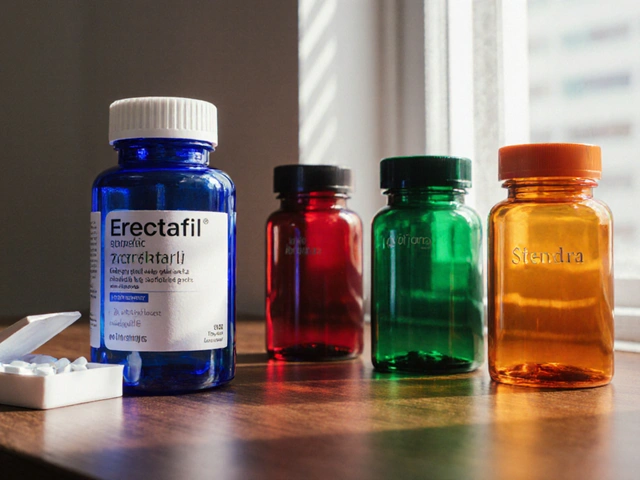Generic Substitution: Save Money Without Risking Your Health
When you hear generic substitution, the practice of replacing a brand-name drug with a chemically identical generic version. Also known as generic switching, it's one of the most straightforward ways to cut your prescription costs—often by 80% or more. But not all substitutions are created equal. Some work perfectly. Others need caution. And a few? They’re best left untouched.
Most generic medications, drugs that contain the same active ingredient, strength, and dosage form as their brand-name counterpart are just as safe and effective. The FDA requires them to meet the same standards. But there’s a catch: inactive ingredients, like fillers or dyes, can vary. For most people, that doesn’t matter. For someone with a rare allergy or a sensitive digestive system? It can. That’s why brand name drugs, medications sold under a proprietary name by the original manufacturer still exist—not because they’re better, but because they’re sometimes necessary.
Generic substitution isn’t just about price. It’s about access. In countries like Australia, where the Pharmaceutical Benefits Scheme, a government program that subsidizes prescription drugs to make them affordable drives generic use, millions get life-saving meds they couldn’t otherwise afford. In the U.S., Medicaid and private insurers push generics too—because they save billions. But you still need to know when to speak up. If your blood pressure med stops working after a switch, or your seizure control changes, it’s not in your head. It’s real.
Some drugs are picky. Thin walls. Narrow windows. Warfarin. Thyroid meds. Anti-seizure drugs. These aren’t the kind you swap without talking to your pharmacist. Even tiny differences in absorption can throw off your whole treatment. And if you’re on multiple meds? A generic switch might mess with how everything else works. That’s why drug safety, the practice of ensuring medications are used correctly without harm isn’t just about taking pills right—it’s about knowing when to question a change.
You don’t need to be a scientist to make smart choices. Ask your pharmacist: Is this generic approved for my condition? Has it worked for others like me? What’s the difference in the inactive ingredients? You’ll be surprised how often they’ll tell you the truth—not just what the system wants.
The posts below cover real cases where generic substitution worked wonders—and where it didn’t. From saving hundreds on metformin to spotting hidden risks with heart meds, you’ll find clear, no-fluff advice from people who’ve been there. Whether you’re on Medicaid, paying out of pocket, or just trying to stretch your budget, this collection gives you the tools to switch smart—not just cheap.
Global Perspectives on Generics: How Countries Control Drug Prices and Keep Medicines Affordable

Global policies on generic drugs vary widely, from China's aggressive price cuts to the U.S.'s high usage rates. Discover how countries balance affordability, quality, and access to keep medicines available and affordable.
read moreWhen Doctors Say 'Do Not Substitute': Why Brand Drugs Are Sometimes Required

Doctors write 'Do Not Substitute' prescriptions when generics could be unsafe. Learn when brand drugs are medically necessary, why costs spike, and how to ask the right questions.
read more



